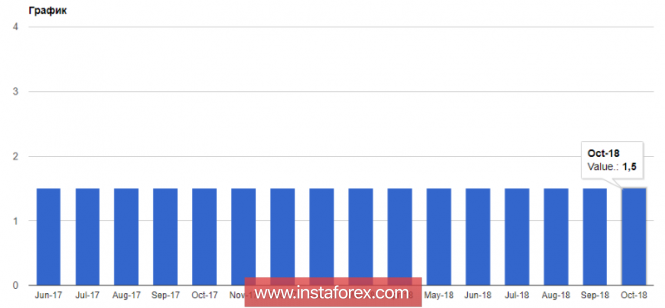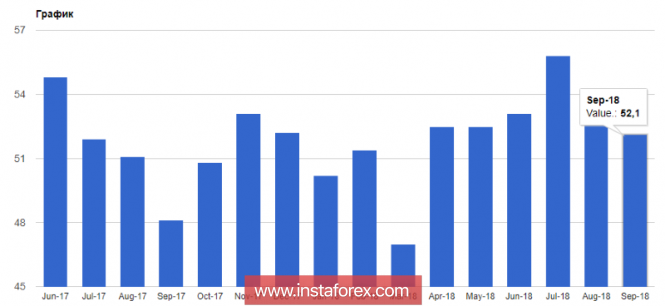Today, the Australian dollar fell in the first half against the US dollar, diluting the extremely low volatility that has been observed for a long time in the AUD / USD currency pair.
RBA decision
The interest rate decision of the Reserve Bank of Australia went against some investor expectations, even though most economists agreed that the rate would remain unchanged.
According to the data, the RBA left the key interest rate unchanged, at the level of 1.50%, stating that the rates correspond to the target levels of inflation and economic growth. The RBA expects GDP growth in 2018 to be on average slightly higher than 3.0%. A similar growth is predicted for 2019.

In general, the bank did not change its attitude to the unemployment rate with inflation, saying that further progress is expected in reducing unemployment and increasing core inflation, which is expected to be gradual. The Central Bank expects a decline in unemployment over the next two years.
The main cause of uncertainty for the country's economy is the large debt of households, as well as low wages. Additional problems, like for most other countries, create the United States because of its trade policy.
As for the technical picture of the AUD / USD currency pair, then the daily chart clearly shows the persistence of a long-term downtrend in the trading instrument. The immediate targets for the Australian dollar sellers are the lows of 0.7140 and 0.7080.
The United Kingdom
The British pound continued to decline against the US dollar amid uncertainty related to Brexit.
Let me remind you that today, it is necessary to pay attention to the speech of former Foreign Minister Boris Johnson, who will present his own concept of exit from the EU to party members. Tomorrow, British Prime Minister Theresa May will deliver an important speech on Brexit.
The PMI data for the construction sector put additional pressure on the British pound. According to the report, despite the construction of housing and commercial buildings, the pace gradually slowed down, which affected the index. PMI for the UK construction sector in September 2018 fell to 52.1 points from 52.9 points in August. An additional factor in the slowdown is the weak economic growth rate this year.

As for the technical picture of the GBP / USD currency pair, there is a very interesting situation.
On the daily chart, the pair fell to the 30-day and 50-day moving average and tested them, which already limits the downside potential in the pound.
Also, in the support area of 1.2940, the lower boundary of the new medium-term ascending channel, which was formed in the middle of August of this year, can be built, which will allow investors putting a positive outcome on Brexit to gain long positions in a pound at a good price.
The material has been provided by InstaForex Company - www.instaforex.com